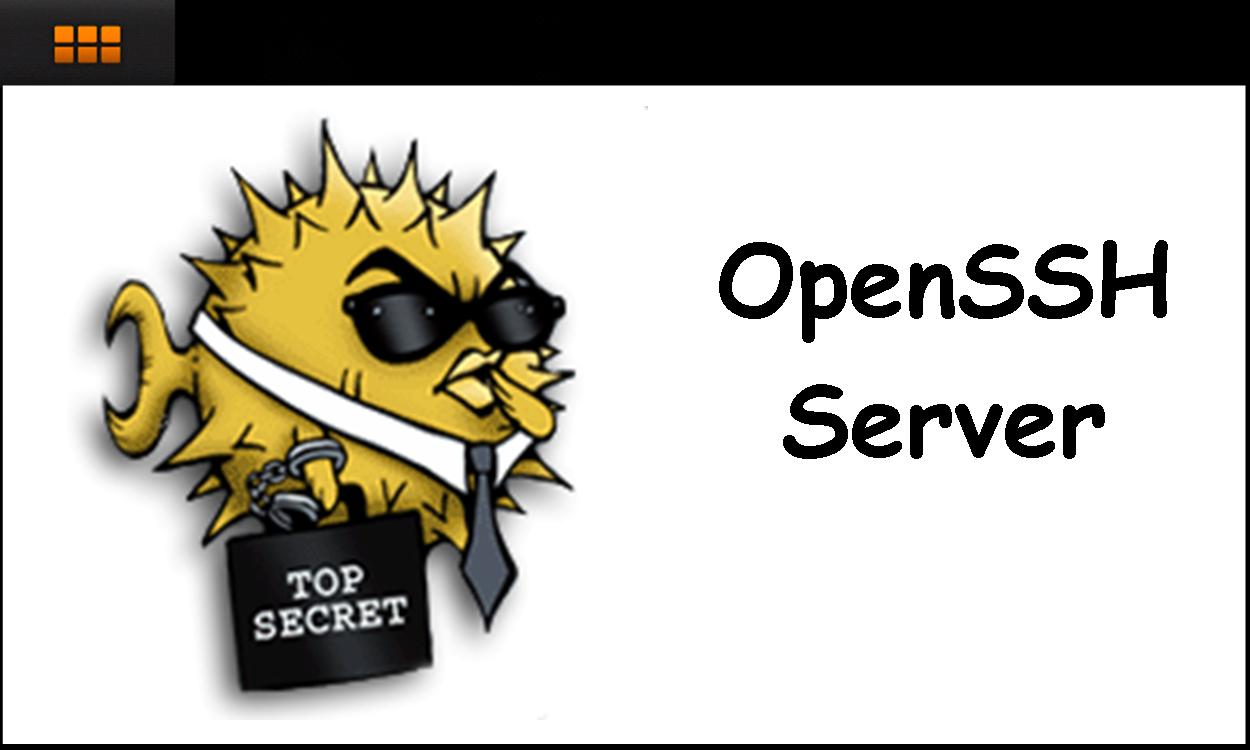In the realm of IT, especially within the DevOps community, Secure Shell (SSH) stands as a cornerstone protocol. Whether it’s for managing a fleet of servers or securing connections across distributed systems, SSH ensures encrypted and secure communications.

What is SSH?
SSH, or Secure Shell, is a protocol designed for secure access to remote machines over a network. Introduced in 1995 by Tatu Ylönen to replace older, insecure protocols like Telnet and FTP, SSH employs cryptographic techniques to encrypt data transmitted between the client and server. This encryption protects against eavesdropping, man-in-the-middle attacks, and other cyber threats.
SSH operates on the application layer of the Internet Protocol Suite and uses port 22 by default. It provides a secure channel over an unsecured network, commonly used for remote login, file transfers, and command execution. Its versatility and security make it indispensable in system administration, DevOps, and cybersecurity.
Key Components and Functionality of SSH
- SSH Client: The software installed on the user’s device that initiates the connection to the SSH server.
- SSH Server: The software running on the remote machine that listens for incoming SSH connections.
- SSH Keys: A pair of cryptographic keys (public and private) used for authentication.
- SSH Protocol Versions: SSH-1 and SSH-2, with SSH-2 being the more secure and widely used version.
Why is SSH Important?
In an era where cybersecurity threats continually evolve, SSH’s significance cannot be overstated. It provides a secure channel over an insecure network, allowing administrators to manage servers, perform updates, and troubleshoot issues without exposing sensitive information. SSH is also crucial for automating workflows, enabling secure server-to-server communication, and facilitating secure file transfers.
For organizations like CyberStorm.mu, dedicated to open-source contributions and stringent security standards, SSH is more than a tool—it’s essential for maintaining system integrity and confidentiality.
Common Use Cases of SSH
- Remote Server Management: Securely logging into remote servers to perform administrative tasks.
- Secure File Transfers: Using protocols like SCP (Secure Copy Protocol) and SFTP (SSH File Transfer Protocol) to transfer files securely.
- Automated Processes: Facilitating automated backups, deployments, and other scripted processes between servers.
- Port Forwarding: Enabling secure tunneling of other protocols and services through SSH.
Enhancing SSH Security on Linux Servers
Although SSH is inherently secure, several best practices can further enhance its security:
- Use Strong Authentication Methods: Opt for key-based authentication instead of passwords. This involves generating an SSH key pair (public and private keys) and placing the public key on the server. Key-based authentication is more secure than password-based methods, as it is less vulnerable to brute-force attacks.
- Disable Root Login: By default, many systems permit root login via SSH, which poses a significant security risk. It’s advisable to disable root login and use a regular user account with sudo privileges instead.
- Implement Two-Factor Authentication (2FA): Adding an extra layer of security with 2FA ensures that even if your SSH key is compromised, unauthorized access is still prevented.
- Keep SSH Software Updated: Regularly update your SSH server and client software to protect against vulnerabilities and exploits.
- Use SSH Configurations: Customize SSH configurations in the sshd_config file to enhance security, such as disabling password authentication, changing the default port, and using a custom banner to warn unauthorized users.
- Limit Access with Firewall Rules: Restrict SSH access to specific IP addresses using firewall rules configured through Iptables or UFW. This minimizes the attack surface by allowing only trusted IPs to connect.
- Monitor SSH Logs: Regularly monitor SSH logs for suspicious activity. Tools like fail2ban can automatically block IP addresses after repeated failed login attempts.
- Use Intrusion Detection Systems (IDS): Implement IDS like Snort or OSSEC to detect and respond to suspicious activities on your network.
Advanced SSH Techniques
- SSH Agent Forwarding: Allows users to forward their SSH keys from a local machine to a remote machine, facilitating secure access to other servers without the need to copy keys.
- SSH Tunneling (Port Forwarding): Enables secure tunneling of other protocols and services through SSH, providing additional layers of security for various applications.
- Multiplexing Connections: Using ControlMaster and ControlPath options to reuse existing SSH connections for multiple sessions, improving efficiency.
Conclusion: CyberStorm.mu’s Commitment to Secure Practices
At CyberStorm.mu, we recognize the critical importance of security in every project we undertake. SSH is a powerful tool in our arsenal, enabling us to ensure that our systems and contributions to the open-source community are secure and resilient. By adhering to best practices and continuously enhancing our security measures, we maintain our position as pioneers in the field, setting a standard for others to follow.
Article par Kishan Takoordyal, Game creator, Book author, Devops and Core Member of cyberstorm.mu
